Generational Memory and Labor are Focus of New Hương Ngô Exhibition
UC Santa Barbara Visiting Artist’s Work Reflects On Southeast Asian Refugee Experience
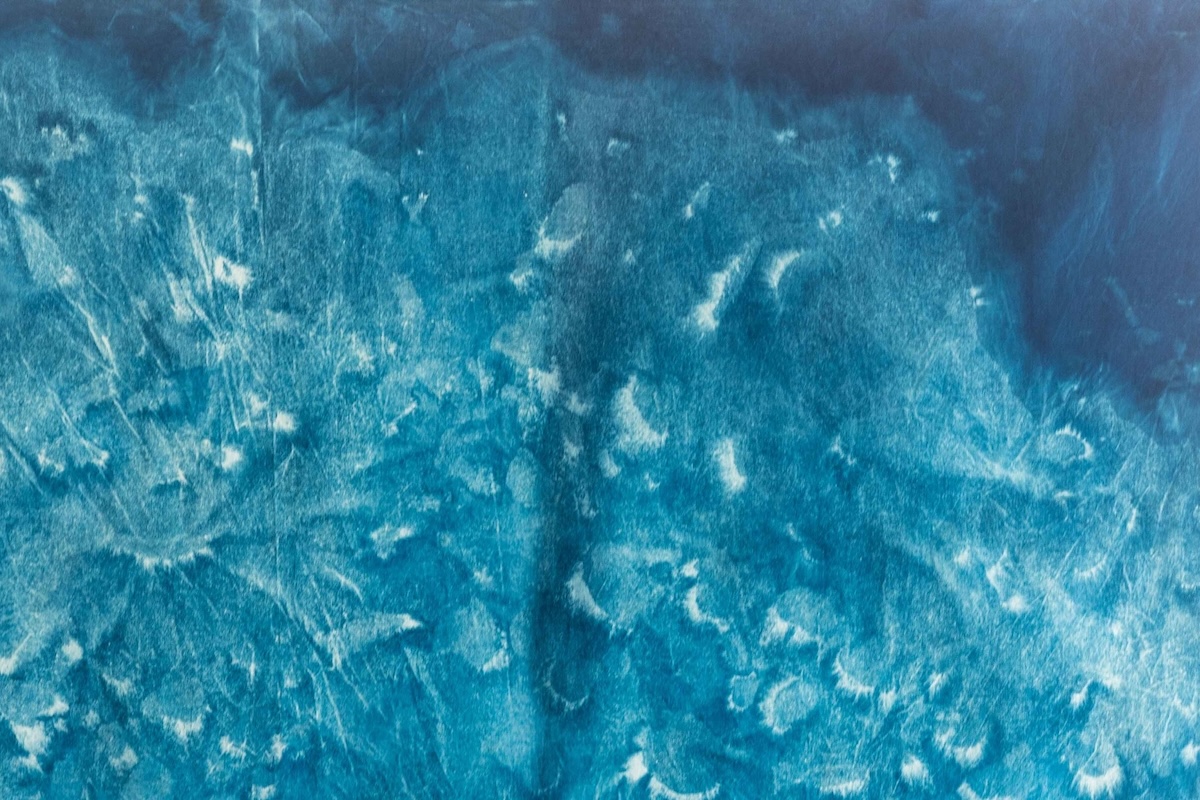
This article was originally published in UCSB’s ‘The Current‘.
At the edge of a body of water, artist Hương Ngô reflected on her family’s experiences living in refugee camps in Hong Kong, and created a series of cyanotypes from just sunlight and water.
“They are images of the weather and waves of the day,” said Ngô, a lecturer of art at UC Santa Barbara. “They are also stand-ins for the refugee body, battered by the elements and an artifact of their resilience.”
Her latest exhibition, “Hương Ngô: Core Memory” (Sept. 27–Jan. 26, 2025), presented by Museum of Contemporary Art Santa Barbara (MCASB) and The Riviera Beach House, synthesizes the artist’s reflections on her family’s time in refugee camps — after fleeing Vietnam — and their experiences as new immigrants to the United States. The exhibition invites viewers to contemplate histories often overlooked in the traditional narratives of labor and migration. An opening reception and artist talk will take place on Oct. 26, 5-8 p.m.
A recipient of this year’s Asian Cultural Council Artist Grant, Ngô sought to learn about her parents’ labor as assembly line workers in electronics factories in the US, a common occupation amongst their demographic of Southeast Asian refugees. At these factories, her parents created capacitors, resistors and motherboards — components which modulate tempo, pitch and memory in electronics.

As assembly line laborers Ngô’s parents worked night shifts, overtime and holidays. “They wouldn’t take a job unless it had overtime possibilities — everyone knew that was where the real money was made!” Ngô wrote in her essay for the recent exhibition “Hương Ngô: This Space Is for Lost Time” at Tiger Strikes Asteroid Chicago (Aug. 10–Oct 3, 2024). “As a child, I had no idea what they were even making until we visited their factories one day and they passed around their products: tiny, colorful electronic components with metal wires on both sides.”
Using similar vintage components, she created circuits as sculptures that gesture towards her parents’ creativity, efforts not legible in the output of their wage labor.

Elsewhere, Ngô’s embroidered “core memory” employs ferrite core and conductive thread and copper on diaphanous silk organza. Core memory, the method of binary memory storage before semiconductors, is transformed through embroidery, taught to Ngô by her mother as her first art form.
Sometimes Ngô’s dad brought home sculptures that he had fashioned from wire or her mom “drew a connection between the fineness of embroidery and the tiny objects at work, or complained about her eyes going as she knitted under dim light.”
But they also brought home books. “To keep their jobs, they had to study whenever their production changed,” Ngô said. “As technology developed, the volumes got bigger and bigger, their testing more frequent. The lines between skilled and unskilled labor blurred for me as their expertise grew. My dad’s workshop slowly filled with tools and curious objects.”
In addition to the Santa Barbara exhibition, Ngô’s work is currently on view at the Smith College Museum of Art, the Institute of the Arts and Sciences at UC Santa Cruz, and the Carolyn Glasoe Bailey Foundation. Her collaboration with Hồng-Ân Trương is on long-term display at Chicago O’Hare’s International Airport.

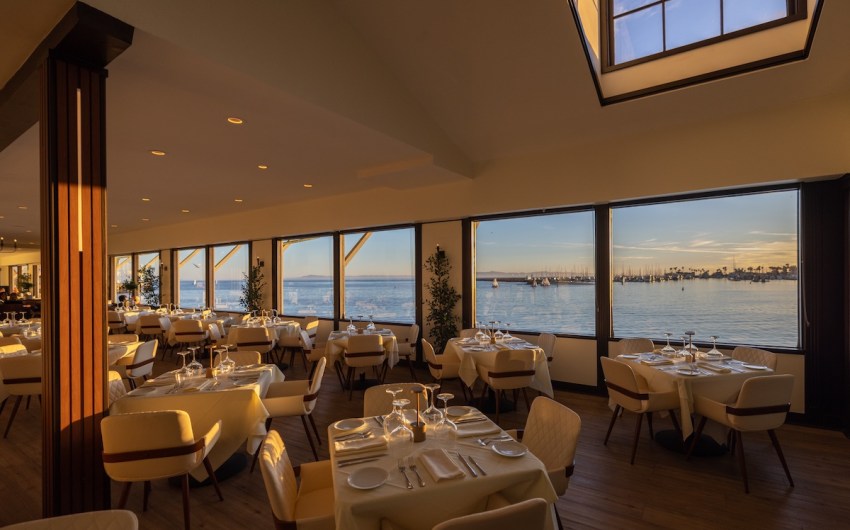

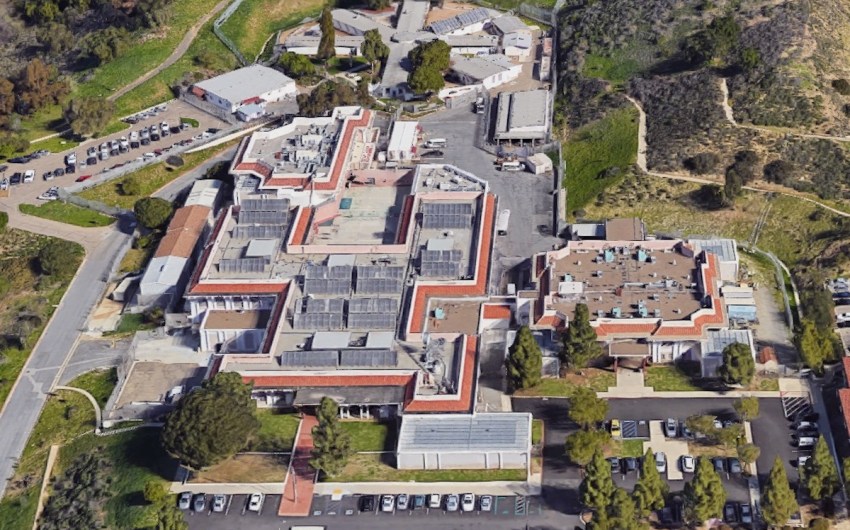

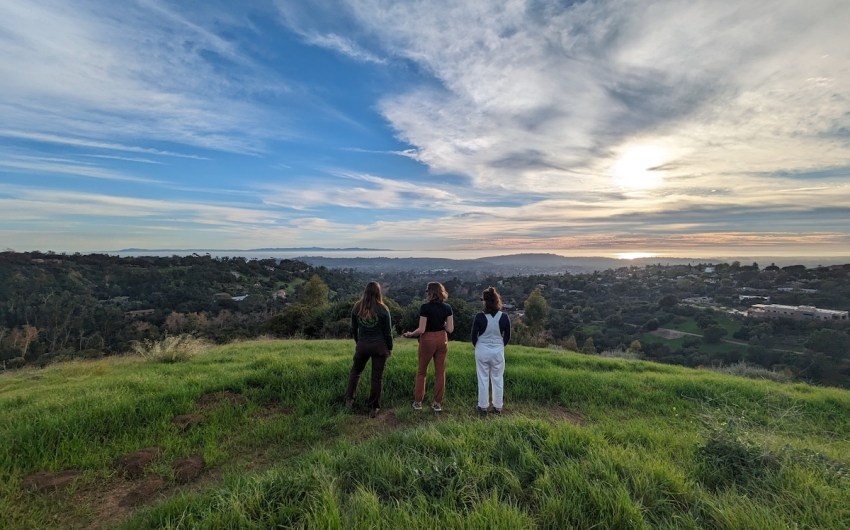

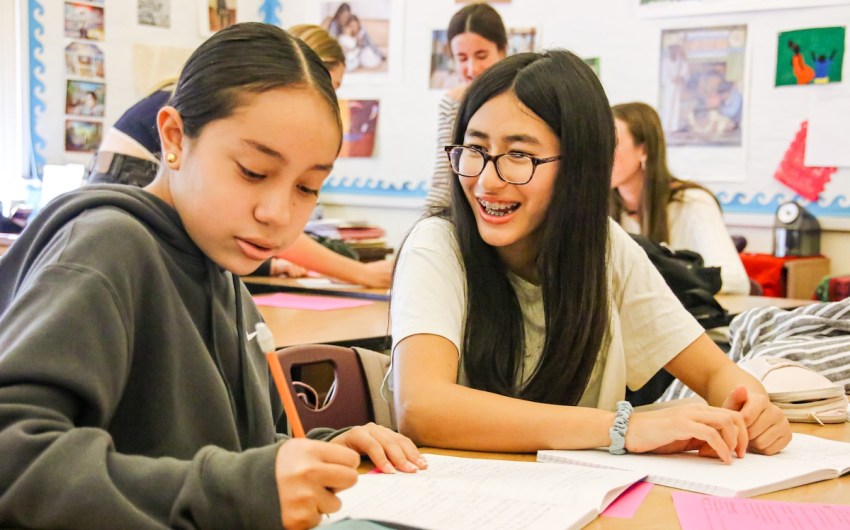
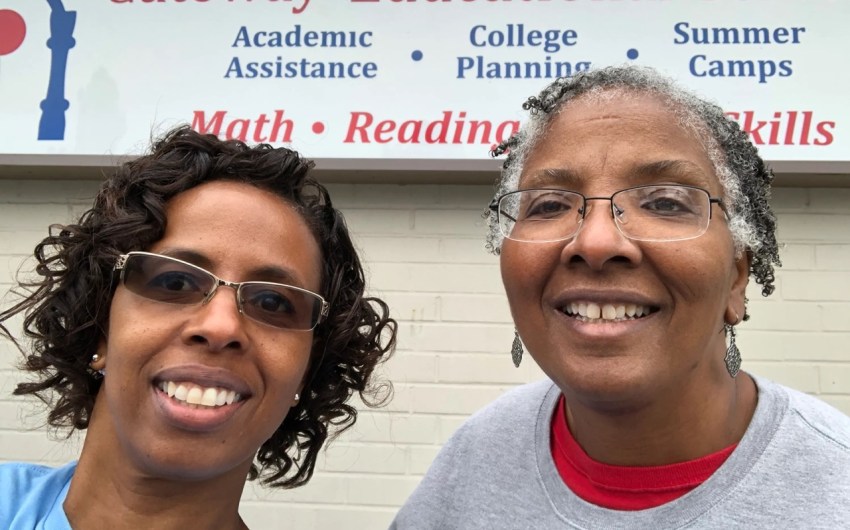


You must be logged in to post a comment.